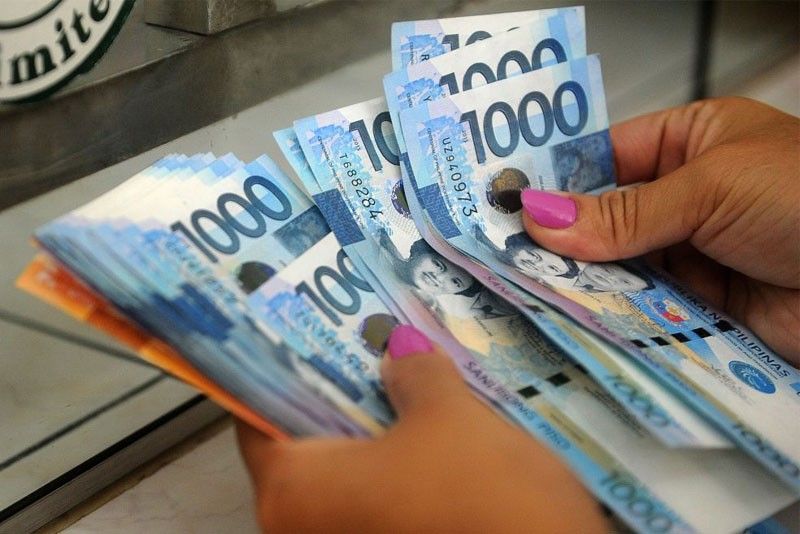Philippines: Weak peso won’t lead to inflation — think tank
MANILA, Philippines — The weakening of the peso against the dollar would not be a major source of inflation over the coming year, according to think tank Capital Economics.
Gareth Leather, senior Asia economist at Capital Economics, said in its weekly report titled Philippine: Time to worry about the weak peso?, the relationship between currency strength and inflation is very weak.
He said a weaker currency could cause problems by pushing up the cost of imports and add to inflation.
The Philippines is a relatively closed economy as imports are equivalent to around 30 percent of gross domestic product (GDP), Leather said.
According to Leather, concerns about inflation increased after a hike in indirect taxes at the start of the year through Republic Act 10963 or the Tax Reform for Acceleration and Inclusion (TRAIN) Law pushed the headline rate to four percent in January from 3.3 percent in December.
The Bangko Sentral ng Pilipinas (BSP) has set a medium term inflation target of two to four percent between 2018 and 2020. Based on its latest assessment, the Monetary Board now expects inflation to average at 4.3 percent this year, and 3.5 percent for next year.
“We do not expect the weak peso to become a major source of inflation over the coming year,” he said.
Leather said it is important to remember that a weaker currency brings benefits too, most notably by boosting export competitiveness.
He pointed out a weaker currency could help develop a competitive manufacturing sector that is one of key priorities of the national government.
“Despite the current worries about rising inflation, policymakers appear to be welcoming the boost to competitiveness the weak currency is providing to the country’s exporters,” he said.
The peso hit a new 12-year low against the dollar and is now down by just under four percent against the greenback since the start of 2018, making it the worst performing currency in the region.
The economist explained the main factor behind the sharp fall in the peso over the past couple of years has been a surge in imports, which has led to a widening of the country’s trade deficit and helped push the current account into the red.
The Philippines has booked 76 quarters of uninterrupted growth with the GDP expanding 6.6 percent in the fourth quarter of last year from the revised seven percent in the third quarter.
He said a low level of foreign currency debt in the Philippines means the recent weakness of the peso is not a major concern.
“We estimate that total foreign currency debt in the Philippines is the equivalent to just over 30 percent of the country’s GDP, which is relatively low compared to other emerging markets,” he said.
According to him, countries that suffered from foreign currency debt crisis have typically had ratios of around 50 percent of GDP or more.
Leather said even BSP Governor Nestor Espenilla, Jr. was quoted as saying the peso “is just fine”, and that concerns were “overdone.”
“The upshot is that while the recent rise in inflation is clearly a concern for policymakers, the BSP’s relatively sanguine response to the fall in the peso supports our view that interest rates will remain on hold not just until the end of this year,” he added.
Source: https://beta.philstar.com/business/2018/02/26/1791302/weak-peso-wont-lead-inflation-think-tank#agM7OsqOyVJo2OZ8.99


 Thailand
Thailand




